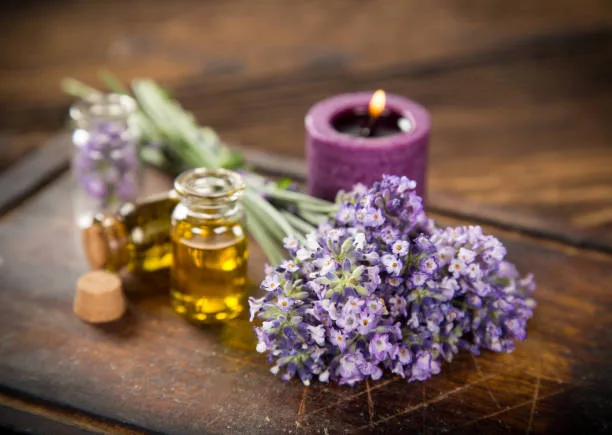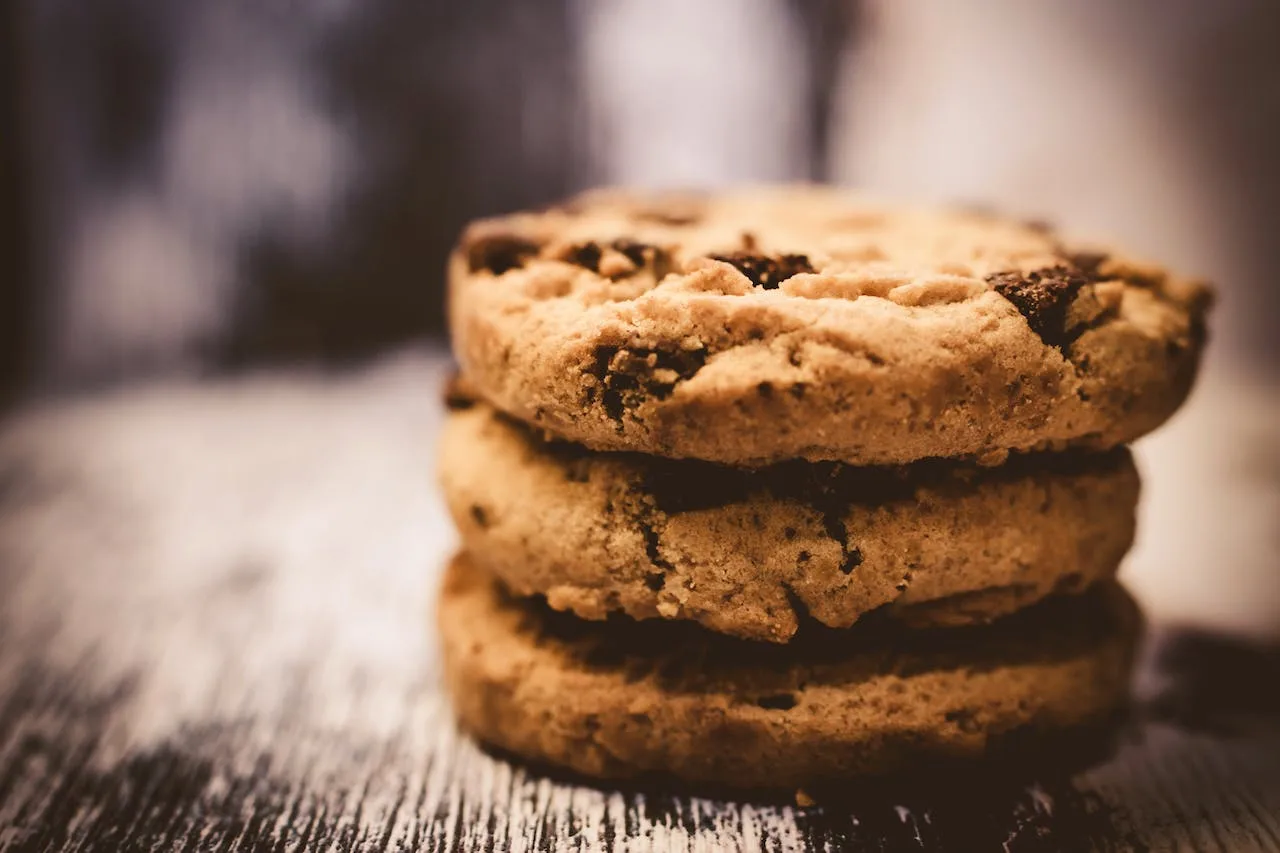Table of Contents
Introduction
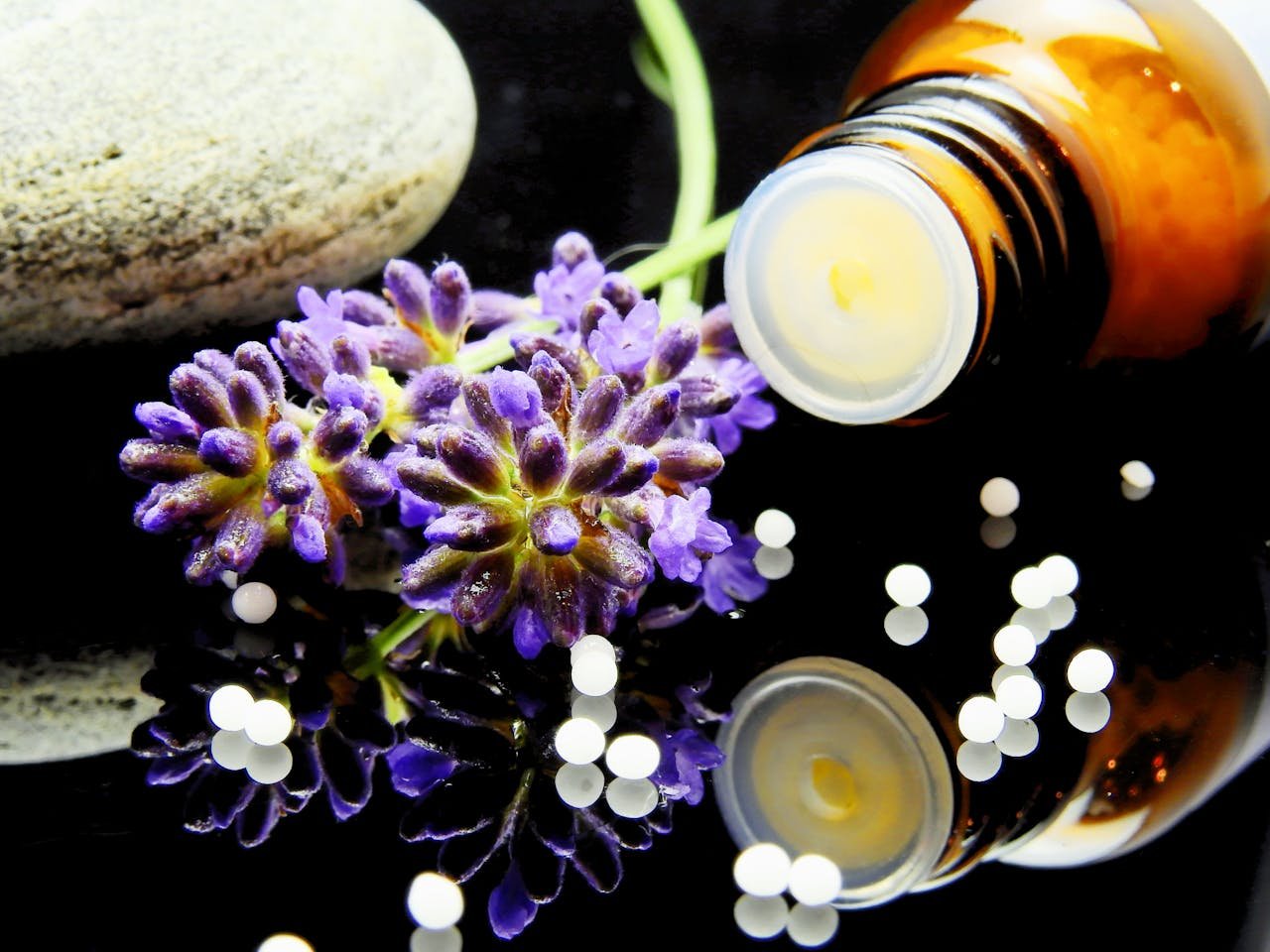
Smell is one of our most primal and powerful senses. Specific scents can conjure up vivid memories, influence our moods, and elicit powerful emotional responses. Essential oils and aromatherapy harness the power of plant essences to provide a host of benefits – from relaxation and stress relief to boosting energy, focus, and more.
In this beginner’s guide, we’ll explore the world of essential oils and aromatherapy. You’ll discover what essential oils are, how they work, and their myriad applications for health and wellness. We’ll also cover critical information on how to choose high-quality oils and use them safely in your home.
So breathe deep and let’s dive into the fragrant, healing power of nature’s essence!
The Power Of Scent:
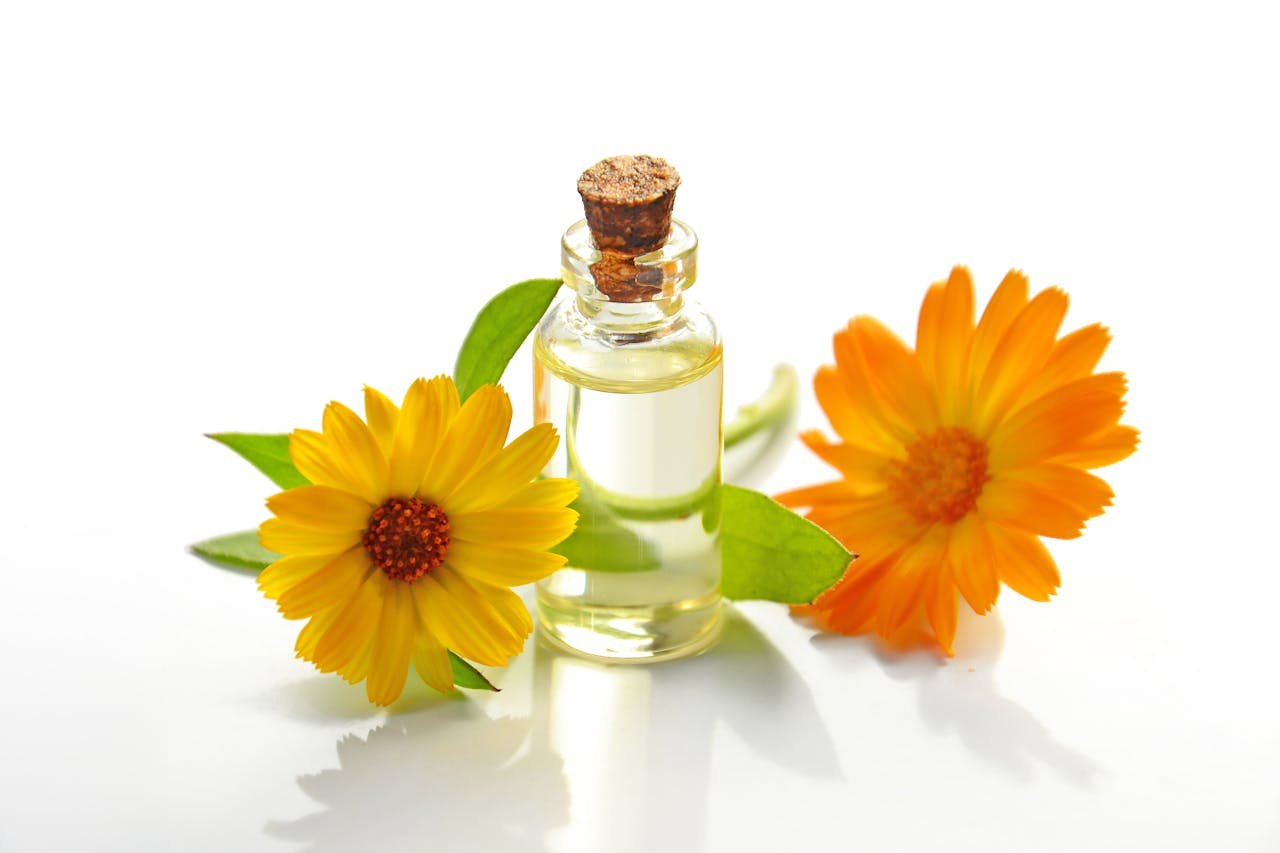
An Introduction to Essential Oils
Essential oils are highly concentrated, aromatic extracts derived from various parts of plants, including leaves, stems, flowers, roots, resins, and citrus peels. Created through distillation or mechanical cold-pressing, these potent, volatile plant oils contain the immune system and metabolic “essence” of the plant.
Compared to fatty vegetable carrier oils like olive or coconut oil, essential oils are lighter, evaporate quickly, and contain hundreds of distinct phytochemicals (plant chemicals) like terpenes, esters, aldehydes, ketones, and phenols. It’s these complex combinations of molecules that determine an essential oil’s unique aromatic, absorptive, and bioactive properties in the body.
For centuries, cultures around the world have used essential oils for medicinal, spiritual, hygienic, and ceremonial purposes. Modern scientific research is now confirming their anti-inflammatory, antimicrobial, antiviral, antioxidative and antitumoral benefits.
When properly diluted and used topically, inhaled, ingested, or diffused aromatically, essential oils promote whole-body health and wellness in numerous ways backed by clinical research. Now more popular than ever, these potent plant extracts provide safe, natural support for nearly every system in the body.
How Do Essential Oils Work?
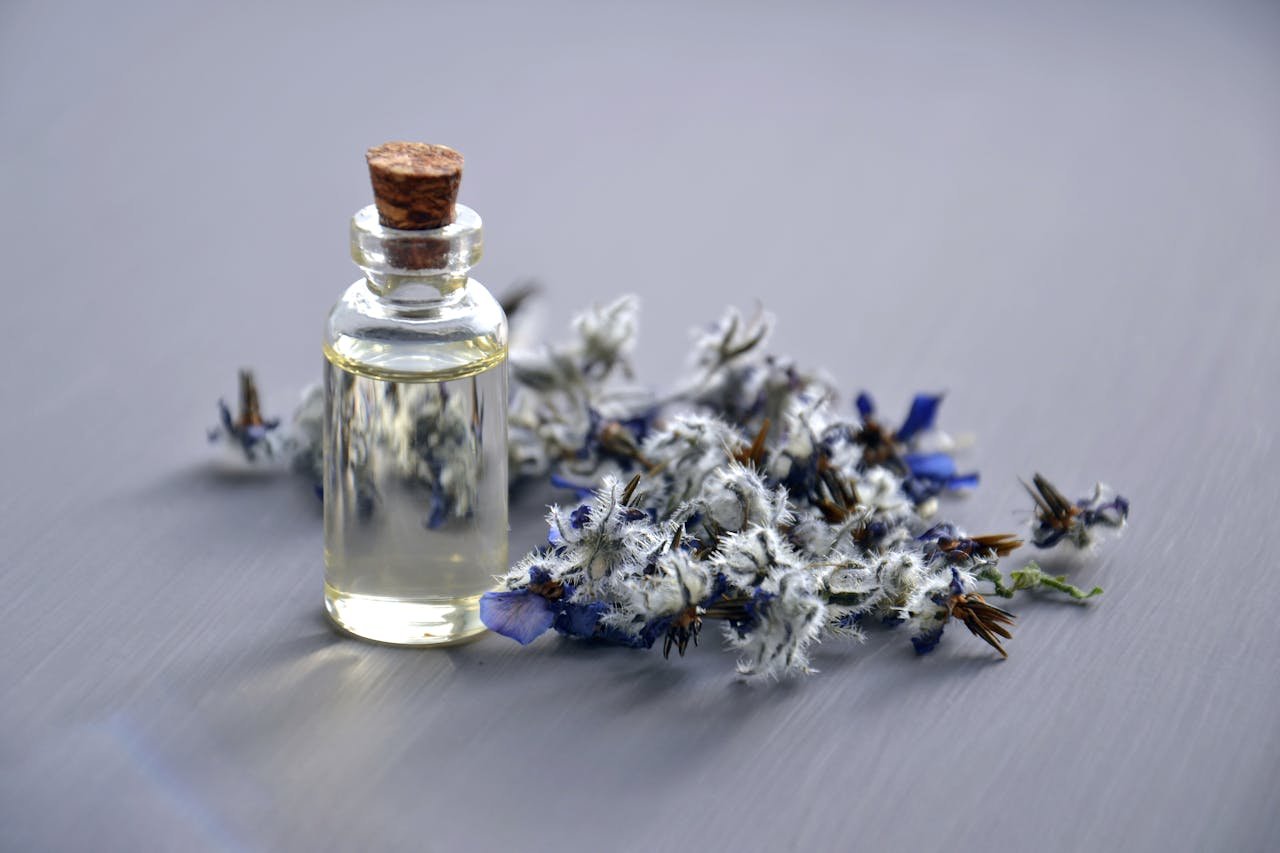
When inhaling essential oil molecules or applying oils topically, the aromatic chemicals enter the bloodstream and stimulate healing responses in the body and brain through multiple mechanisms:
Phytochemical Signaling
The hundreds of distinct aromatic molecules in essential oils interact with receptors throughout the body and modulate inflammation, immunity, stress, hormones, circulation, emotions, pain signalling, and more. For example, key terpene constituents like pinene support neurotransmitters for focus and limonene lifts mood.
Limonene crosses the blood-brain barrier to stimulate the release of dopamine and serotonin. Meanwhile, linalool in lavender oil exerts anxiolytic (anti-anxiety) effects by modulating glutamate and GABA neurotransmitter activity. These are just a few of the countless demonstrations of essential oil bioactivity influencing body and brain function.
Olfactory Pathway
When inhaling essential oil molecules, scent receptors in the nose and lungs trigger electrical signals along the olfactory nerve pathways directly into the limbic system including the amygdala and hippocampus in the brain – activating these emotional and memory centres can immediately shift mood, stress perception, and more.
Dermal Absorption
While essential oils do not fully penetrate through the skin into the bloodstream, aromatic molecules will permeate superficially past the epidermis and dermis layers. Here they can bind to sensory nerve endings and blood vessels, signalling anti-inflammatory, antimicrobial, and other healing responses at a cellular level.
As you can see, essential oils interact with the body in a variety of biologically active ways to promote wellness. Next, let’s unpack how to shop for top-quality therapeutic-grade oils to leverage their healing potential.
Evaluating Oil Quality & Safety
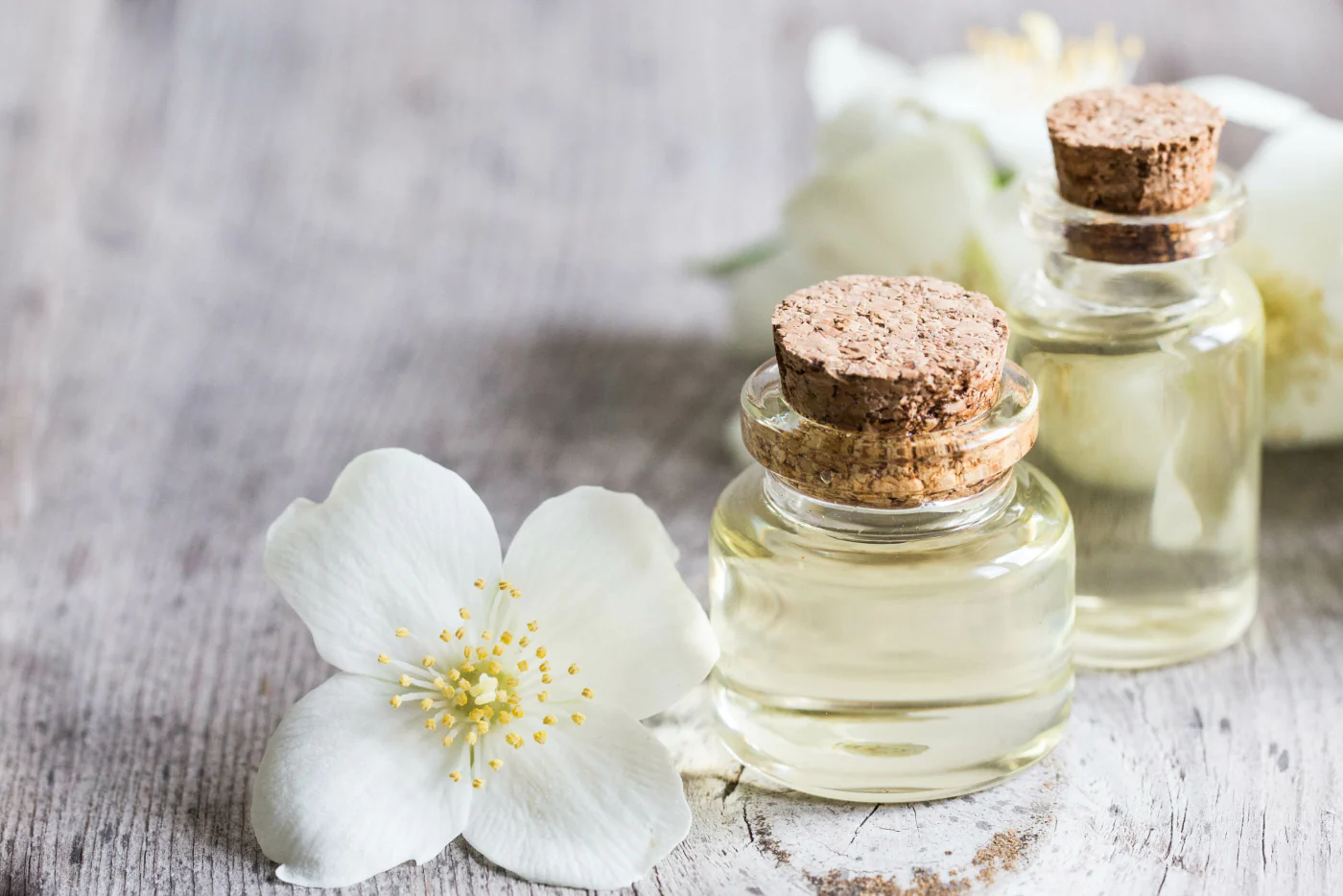
With the explosion in popularity of aromatherapy, there are now hundreds of essential oil brands on the market with huge variabilities in quality, purity, potency, and safety. As you build your home apothecary, following these best practices ensures you select legitimate therapeutic-grade oils:
Analyse Extraction Method
Essential oils can be extracted via steam distillation, expression, enfleurage, maceration, or CO2 supercritical fluid extraction. While steam distillation is most common, CO2 extraction yields the highest nutrient retention which maximises aromatherapeutic quality. Avoid cheap essential oils processed with solvents.
Verify Organic Sourcing
Seeking out organic essential oils ensures the plants are grown ethically and chemical-free before harvest. This prevents adulteration and toxic residues from showing up in your oil. Verified USDA organic or wildcrafted sources are ideal.
Check Third-Party Testing
Reputable essential oil companies will provide GC/MS test reports from independent labs verifying the oil’s complete chemical breakdown, purity, potency, authenticity, and more. This transparency is paramount.
Look for Dark Bottles
Essential oils degrade rapidly when exposed to heat and UV light. Quality oils always come packaged in dark amber or cobalt bottles to prolong freshness. Avoid clear or plastic bottles.
Learn Proper Latin Names
Common essential oil names like Lavender and Rose can vary widely. Quality vendors will provide the complete Latin binomial name defining the exact oil chemotype like Lavandula angustifolia or Rosa damascena.
While no universal essential oil grading standard exists across the aromatherapy industry, these best practices will lead you to the most legitimate, high-quality therapeutic oils for your needs. Now let’s explore the myriad wellness applications…
Wellness Applications & Health Benefits
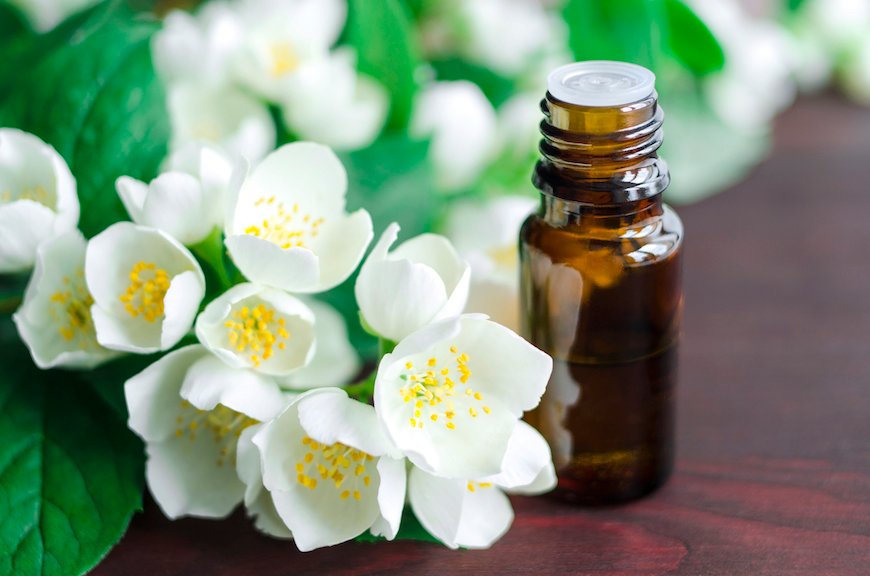
From skincare to cleaning, relaxation to respiratory support, properly diluted essential oils serve countless wellness applications via diffusion, topical use, and ingestion:
Diffused Aromatically
Popular for its natural fragrance, cleaning, lifting mood, easing anxiety/depression, assisting sleep, boosting cognition, and relieving headaches. Oils like bergamot, frankincense, lemon, peppermint, and rosemary can be diffused in the air via ultrasonic aromatherapy devices.
Applied Topically
Diluted essential oils help relieve muscle/joint pain, repair skin issues, improve cellular immunity, speed injury healing, regulate hormones, and more. Oils like clove, helichrysum, lavender, oregano, tea tree oil, thyme, and ylang ylang work well diluted for topical use.
Taken Internally
Ingesting highly diluted essential oils wellness supplements benefits digestion, gut/microbiome health, respiratory issues, pain relief, arthritis, antimicrobial defence, chronic inflammation, and hormonal balance. However, internal use requires thorough education on oil safety and precautions. Peppermint, lemon, oregano, frankincense and turmeric oils serve well for internal applications.
Now that you have grasped the basics of essential oil applications, let’s get more specific on targeting common health complaints aromatically. Here are the best oils to stock for beginners:
Anxiety – bergamot, cedarwood, frankincense, lavender, rose, vetiver
Colds & Congestion – eucalyptus, lemon, oregano, peppermint, pine, tea tree
Digestive trouble – fennel, ginger, lavender, marjoram, peppermint
Fatigue/Low Energy – basil, grapefruit, lemon, rosemary, peppermint
Headaches/Migraines – lavender, marjoram, peppermint, rosemary
Injuries/Inflammation – black pepper, chamomile, helichrysum, lavender
Insomnia/Sleep issues – cedarwood, frankincense, lavender, marjoram, vetiver
Muscle/Nerve Pain – black pepper, clove bud, eucalyptus, ginger, rosemary
Respiratory Problems – eucalyptus, oregano, peppermint, pine, thyme
The research-backed wellness applications of aromatherapy span both body and mind with incredible healing potential. As a gentle, natural plant-based system of medicine, essential oils empower you to reclaim control over your health safely, effectively, and naturally.
Blending & Diffusing Best Practices

While many essential oils provide benefits solo for direct inhalation or topical use, you can also create custom therapeutic blends. Mixing complementary oils enhances bioactivity, leverages synergy, and crafts desired aromatic effects. Here are the best practices for blending and diffusing:
Choose 2-5 Oils Per Blend
A good essential oil blend contains no more than five oils, with two or three being ideal to start. This prevents muddying the aromatic waters by over-blending.
Use a Ratio of 1:3 for Stronger Oils
When including more potent, spicier oils like cinnamon, clove, and oregano, avoid overpowering your blend. Use a ratio of 1 part strong oil to 3 parts milder oils.
Blend by Therapeutic Function
Pick oils that share targeted benefits like sleep, respiratory relief, and muscle soothing. For example, blend lavender, marjoram, and cedarwood for rest; and eucalyptus, pine and tea tree for chest congestion.
Enhance Absorption with Carrier Oils
While not mandatory, adding a plant-based carrier oil like coconut, jojoba or olive boosts absorption and avoids sensitivity for topical uses. The good ratio is 3 drops of essential oil to 1 teaspoon of carrier oil.
Aromatherapy Diffuser Guidelines:
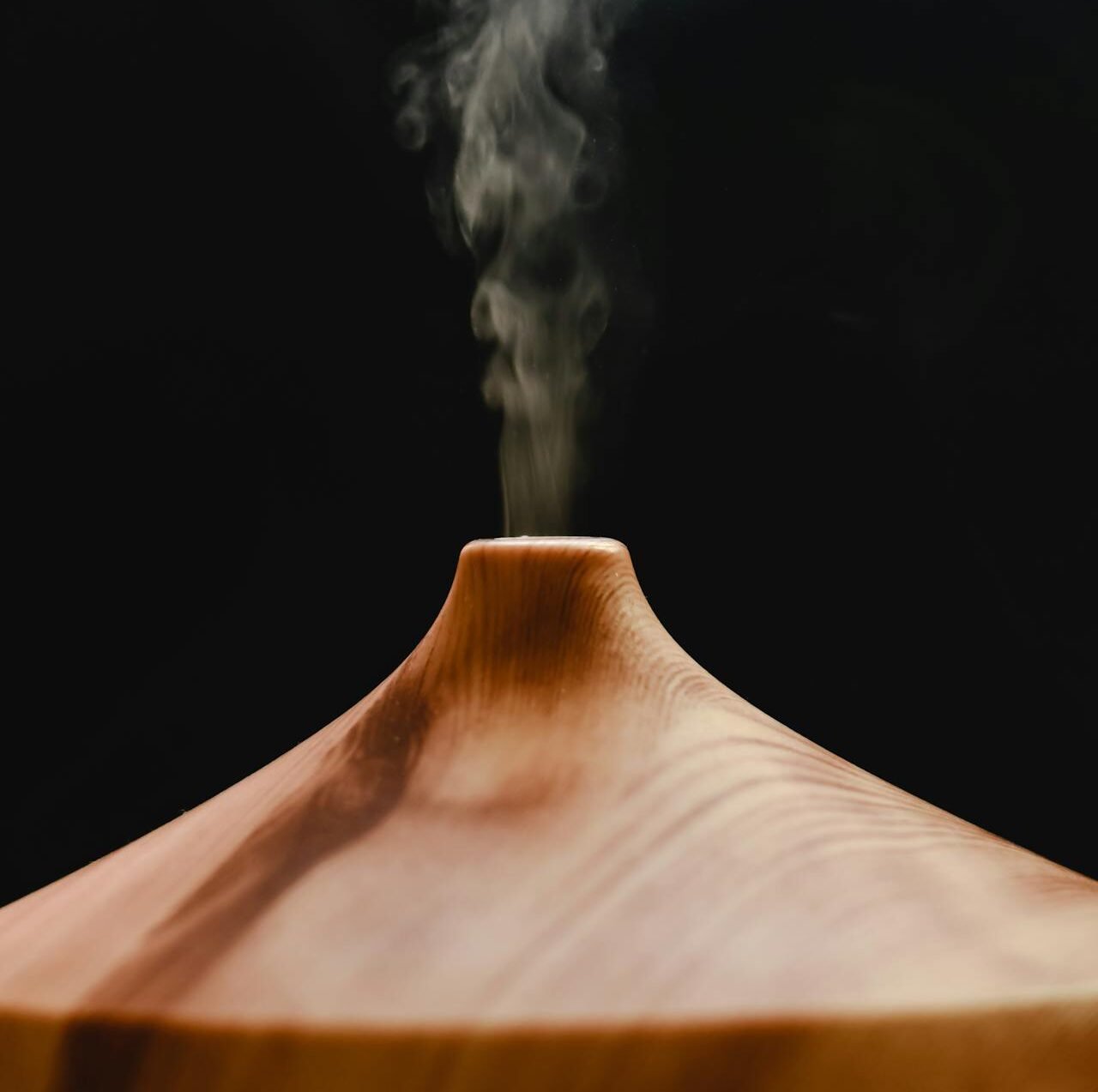
- Diffuse oils up to 1-hour maximum to avoid sensory overload
- Use 6-9 drops of oil per 200ml of water depending on desired intensity
- Run diffuser intermittently (e.g. cycles of 30 mins on / 30 mins off)
- Be wary of diffusing near pets as they have heightened sensitivity
Equipped with this practical blending knowledge combined with the essential oil benefit overview earlier and recommendations of top beginner oils, you now have tools to create endless combinations addressing nearly any wellness concern!
Safety Precautions & Dilution Tips

While incredibly healing when used properly, it’s critical to understand essential oil safety given their highly concentrated nature and potential to irritate certain individuals. Here are key guidelines:
Perform Skin Patch Test: Prior to widespread topical use, apply diluted essential oils to a small skin area and look for any redness, swelling or reactions over 24 hours before broader application. This identifies sensitivity.
Always Dilute for Topical Use: Unless you have years of aromatherapy experience, it’s imperative to dilute powerful essential oils before applying them to the skin, especially delicate areas like the face, genitals, and underarms. For adults, adding ~3 drops of essential oil to 1 teaspoon of carrier oil is a safe starting dilution.
Exercise Caution with Photosensitisers: Some oils like bergamot, grapefruit, and lemon extract increase sun sensitivity. Avoid applying these oils before extensive sun exposure.
Consider Pregnancy & Child Precautions: Playing it safe by avoiding most essential oils during the first trimester of pregnancy is wise. Later in pregnancy, use oils at 0.5-1% dilution. For children, administer gentler kid-safe oils like lavender at 0.25-1% dilution depending on age.
Research Contraindications: Those with epilepsy, cancer, liver damage and other chronic illnesses could experience essential oil interference or toxicity if used improperly. Thoroughly vet oils for contraindications before internal use especially.
Finally, always keep essential oils out of reach of children to avoid accidental improper use.
Now that you’re armed with a full overview of origins, mechanisms, applications, blending, safety and precautions for essential oils and aromatherapy, it’s time to put your knowledge into practice crafting your own therapeutic blends!
Conclusion
Essential oils are highly concentrated plant essences that provide a multitude of wellness benefits. From relaxing the mind and body to fighting infection, supporting immunity, enhancing focus, and more, aromatherapy empowers you to leverage the healing wisdom of nature.
By understanding proper oil sourcing, application, blending, and safety precautions, essential oils can be integrated into your routines beneficially and avoid potential sensitivity. We encourage further exploration into the fragrant, plant-based world of aromatherapy so you can continue your journey harnessing nature’s healing extracts for optimal health and well-being

FAQs
What are essential oils?
Essential oils are highly concentrated, aromatic extracts from plants that contain the immune system and metabolic “essences” of the plant. They are created through distillation or mechanical cold-pressing of various parts of plants.
How do essential oils work in the body?
Essential oils work through phytochemical signalling, binding to receptors that modulate bodily processes. They also work through the olfactory pathway, with scent molecules triggering neurotransmitters in emotion/memory brain regions. Oils also absorb into the skin to provide localised effects.
What should you look for when buying high-quality essential oils?
High-quality essential oils will disclose extraction methods, provide organic sourcing, have third-party testing for purity/potency, use dark bottles to limit light degradation and provide full Latin names of oil chemotypes.
What precautions should you take when using essential oils?
Perform skin patch tests first, always dilute oils properly for topical use, avoid oils before sun exposure if they are photosensitisers, use caution during pregnancy/for children, and thoroughly research contraindications based on your health conditions before using oils internally.
How do you create therapeutic essential oil blends?
Good essential oil blends use 2-5 complementary oils targeting a specific wellness goal. Balance your blend with 1:3 ratios of stronger oils, incorporate carrier oils to enhance absorption, and follow safe diffusion practices to craft aromatic, therapeutic formulations.

